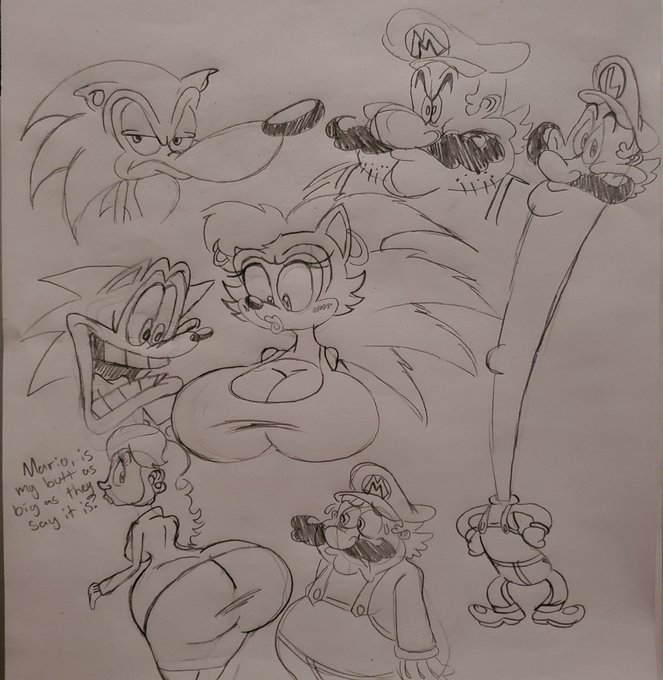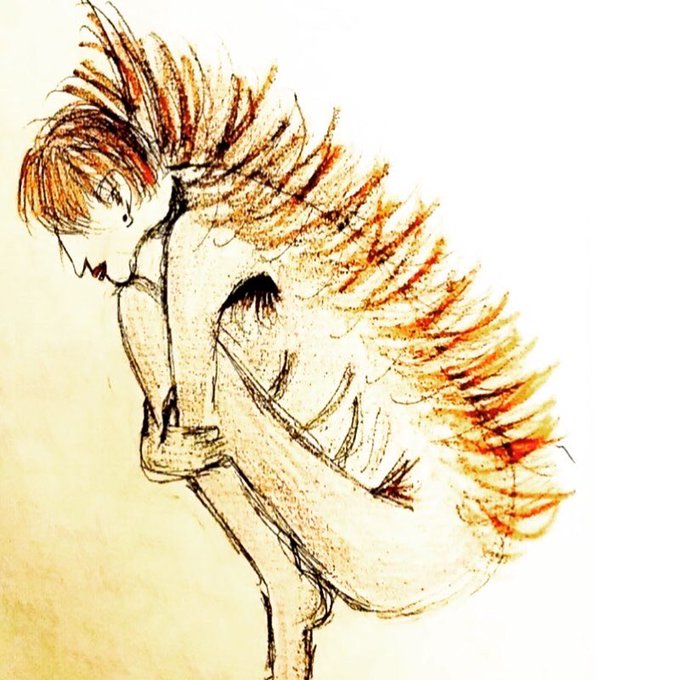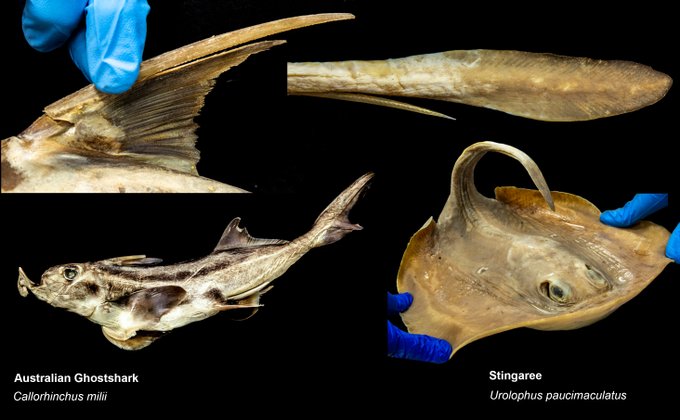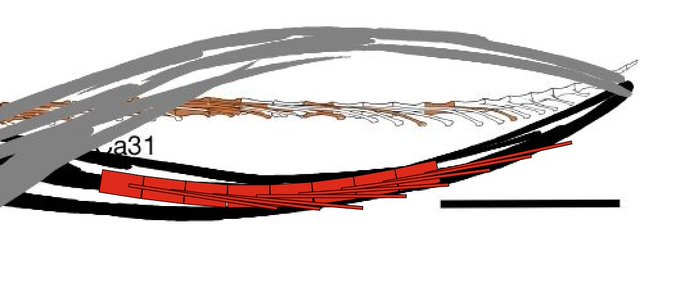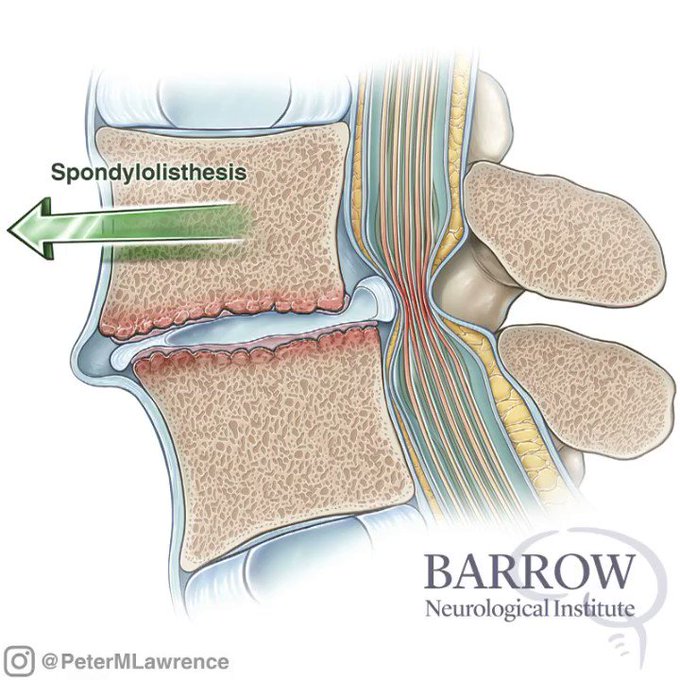SpinesのTwitterイラスト検索結果。 734 件中 29ページ目
Cyndaquil, Quilava and Typhlosion. 💚💚💚
Los pokemones erizo-puercoespines-hurones que les sale fuego de la espalda.
#increasedsonic
BONUS: the original version of this illustration basically looks like increased Sonic anyway (continuity between head and back spines, only 3 rows)
So here's DOUBLE increased Sonic
@graggunslinger I only have this angle with her wire frame! 😅
But essentially I'm extruding 4 faces from her head base and pulling them out to look like spines, this way it blends into the head! (The 2nd layer of hair isnt connected like the first🤫)
I drew up a lil diagram on my trackpad! 💕
Day 5 #maternalmentalhealthweek
A powerful image & poem by theatre producer @RuthWeyman from MJ Exeter hosted by @MothersWhoMake
‘I am curled up in on myself like a hedgehog
Protecting the vulnerable
Spines outward, repelling danger...’
.
#supportingmumsduringdifficulttimes
The books in section 100 have clearly been read many times. Many of the spines are worn, and some of the titles are a bit faded as well. Maybe they're old.
"Hey, someone left a book on the ground..." *cough*
This is especially curious when Litorosuchus, Vancleavea's close relative, has quite blocky, vertical neural spines and shorter osteoderms, more like those on sculling reptiles. Why the difference? Is there some functional difference in the way each 'vancleavean' swam? (4/5)
Are fish spines a common cryptic pathology in seals?
CT scanning revealed six spines from two species of cartilaginous fish embedded within the head of a single fur seal… Apparently a dinner to die for!
Check our our new paper: https://t.co/238QX6JP5C
When dinner fights back!
In a new study led by @DPHocking, we scanned and dissected a New Zealand fur seal with multiple facial wounds from chimaera fish and stingrays. Some of the spines were still in the #seal!
This is my second paper ever, read here:
https://t.co/WpRGVlpLHn
@MonashUni researchers have discovered a unique way ocean species protect themselves from the advances of marine mammals. Using CT scanning @Monash_Science @DPHocking found no fewer than six fish spines embedded in a seal's face off south-eastern Australia https://t.co/nEMMqQVlpp
i know it looks like hair but it's actually much more like spines on sea's neck and head. they feel super bristley to the touch. Like a hedgeyhog's spines.
@EveryDayDCSonic a key difference between Adventure Sonic and classic Sonic is how the spines sag (though there's many other differences). I assume Adventure Sonic has really long and saggy spines so you can see his spines from the front view, which is consistent between all modern Sonic models.
@JoschuaKnuppe I thought I'd run this as well, matching the vert proportions to your gentler curve. The spines still stick out some way - they have 3-4 degrees flex before they pop away from the width of the centra.
@Val_Fisch Yes. The spines get very long very quickly in this tail, so I assume most of the length was stiffened - the opposite of what we see in swimmers. It's looking increasingly likely to me that this was some sort of basilisk-like display feature, not a locomotive aid.
Work in progress @BarrowNeuro #spinal #pathology #medicalillustration #spinesurgery
First of #6fanarts challenge - Acrocanthosaurus - known for characteristically high neural spines, part of the "shark-tooth" Carcharodontosauridae family. Suggested by @0CoffeeBlack0










